7 mistakes to avoid when growing succulents
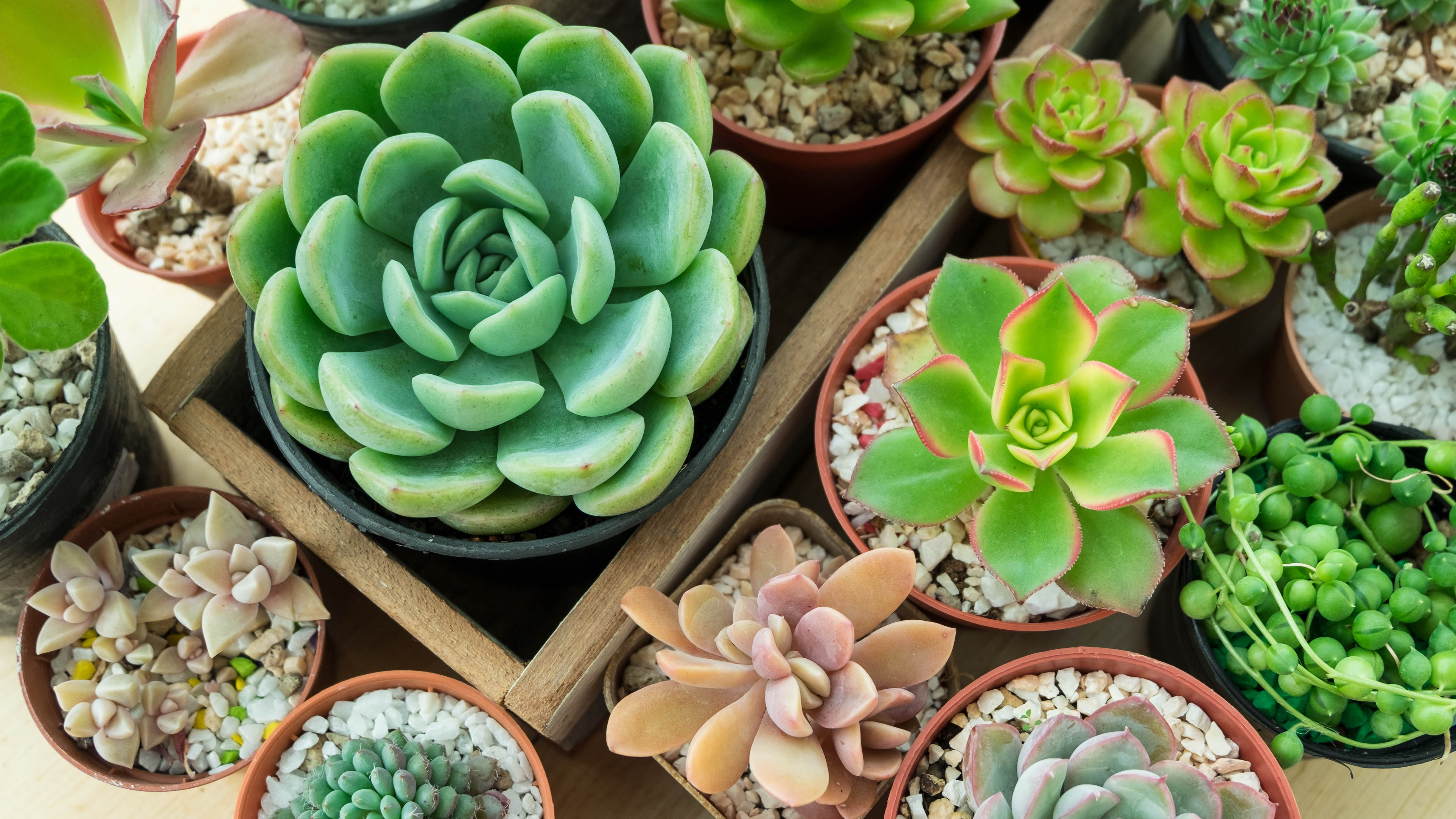
No indoor garden is complete without succulents. These miniature plants are a firm favorite for many gardeners and homeowners alike. They’re easy to care for, often compact to display, and come in all shapes, sizes and colors to compliment the décor.
Considering how hardy and resourceful these plants are, it’s no wonder they’re so popular. The trouble is, mistakes can always be made, and this applies to succulents as much as anything else.
Make one slip up and your succulent will soon wilt and look worse for wear. You might be asking yourself — where have I gone wrong? That’s where we can help.
We’ve rounded up 7 mistakes to avoid when growing succulents, so you can find out why your potted friend is so unhappy. A small change might be all that’s needed to get your succulent thriving again.
If you want to give your herbs the best care too, watch out for these 7 mistakes it’s all too easy to make when growing herbs. Plus, here are 7 tips to help your plants survive while you're on vacation.
1. Overwatering

The biggest mistake when it comes to succulents is overwatering. Succulents are often small, it’s true, so the water will drain and dry quickly from the soil. However, this type of plant tends to retain water well — that’s why the leaves look so plump — so the soil doesn't need to be constantly moist. If the roots are subjected to prolonged moisture, this will only encourage root rot, which will ultimately kill your succulent.
Aim to water your succulent about once a week in the summer and as little as once a month in the winter. The top inch of the soil should feel bone dry, and crumble between your fingers when it’s time to water.
Get instant access to breaking news, the hottest reviews, great deals and helpful tips.
At the same time, don’t underwater your succulents either. While these are hardy plants, misting won't be enough water to survive. Water it slowly and deeply using a dedicated petite watering can, such as the HB Design Co Indoor Watering Can with Long Spout ($24.99, Amazon). In fact, we recommend not misting these plants altogether — it will only encourage rotting and disease. Succulents prefer a dry climate.
2. Using the wrong soil

There is a right and a wrong type soil to grow your succulent in — it’s important that you use the right kind. It will provide the necessary nutrients and conditions your succulent requires to grow. Succulents prefer soil to be fast-draining, otherwise the roots are overexposed to moisture, which rots the plant.
Because of this, general soil from your yard wont work and neither will generic potting soil — both retain moisture too well. Instead, look out for dedicated succulent soil, such as Miracle-Gro Succulent Potting Mix ($14.49, Amazon). These types of soil tend to be loose and sandy, which is ideal for succulents. If you want to create your own, combine one part coarse sand, with two parts potting soil, and one part perlite, or pumice.
3. Using the wrong container
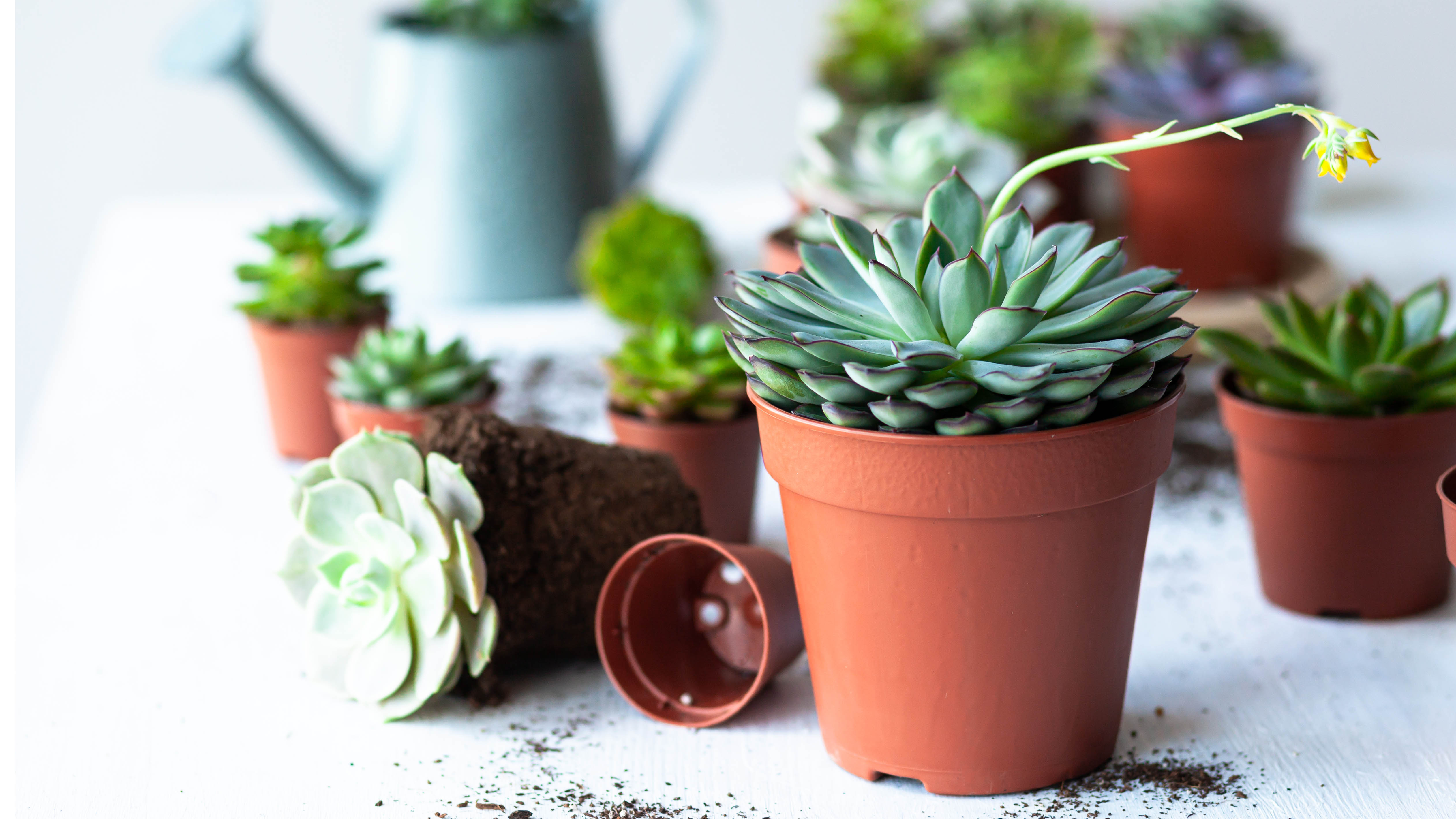
Even the container you’re growing your succulent in can impact its condition. First, we always recommend using a container with at least one drainage hole. This is essential, otherwise excess water will not be able to flow through and will instead remain stored alongside the roots. This encourages root rot; a fungal disease which is difficult to recover from and which can kill your succulent if left unaddressed. You can place a planter saucer underneath your container to collect the water, although make sure this is emptied once it has finished draining.
We always recommend using terra cotta pots over plastic as well. Not only do these look better, they’re naturally more porous and breathable, meaning they allow the soil to dry more effectively. This type of container regulates the temperature of the soil better as well, plus it’s naturally more stable than plastic.
4. Not enough or too much sunlight
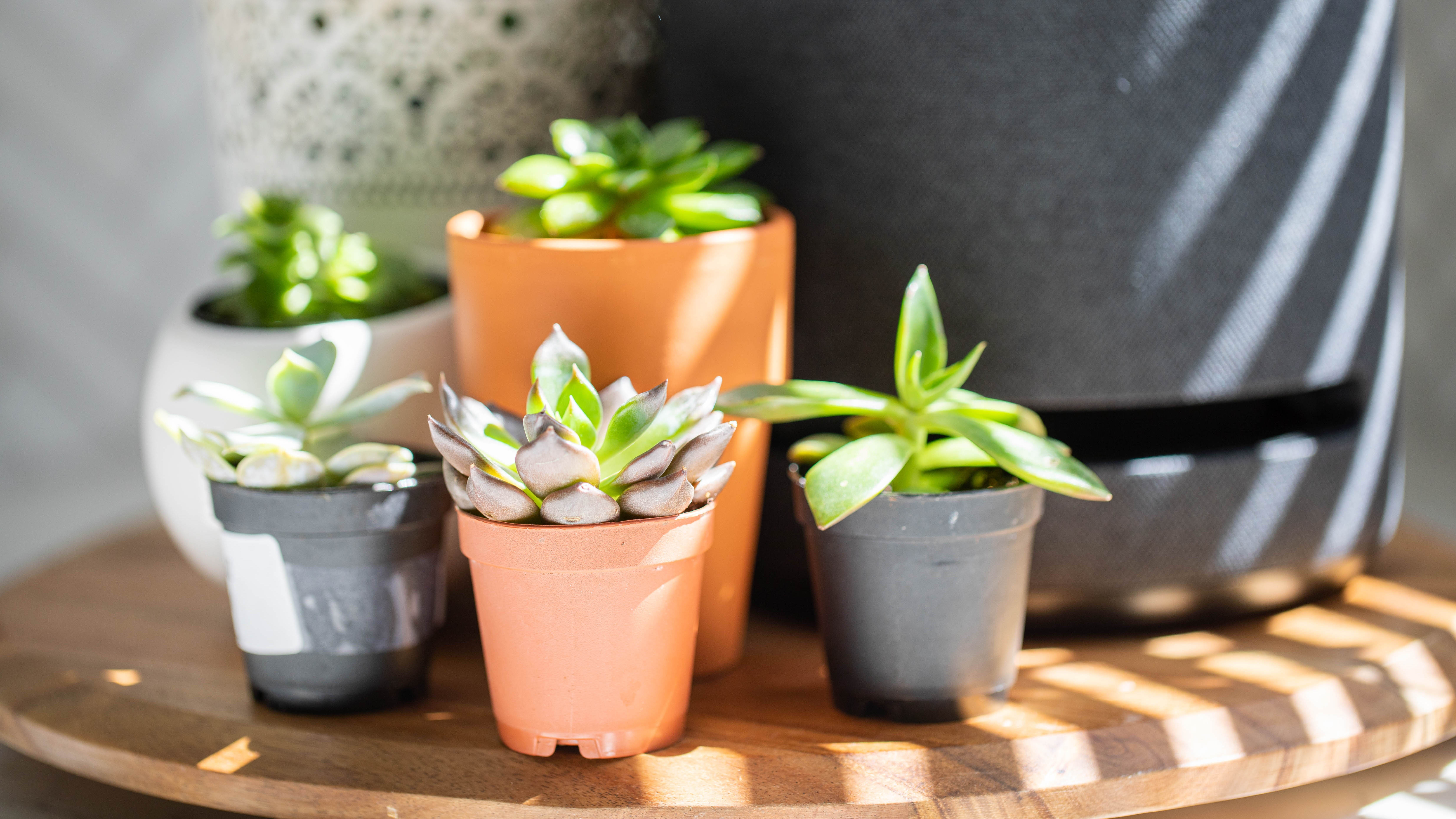
Your succulent needs sunlight, just like most plants, with the exception of these 7 plants that can survive without sunlight. So, a windowless basement or a shady bathroom won’t bode well for your succulent. Then again, you can have too much of a good thing. So direct sunlight around the clock won’t be ideal either, especially if you’re raising a young succulent.
Aim to give your succulent a combination of direct sunlight and partial shade. Roughly six hours of sunlight is a good guide; ideally morning sun for less-mature plants as it’s less intense. So, if you have a spare east-facing windowsill, this could be a good spot. Try to introduce new lighting conditions gradually to see how your succulent responds. For instance, start with a couple of hours of direct sun and slowly increase over a few weeks. Don’t overexpose your succulent to sunlight though, otherwise the leaves can scorch.
Of course, every succulent is different — some varieties prefer more or less direct sun than others — so you may have to look up specific requirements and experiment to find the optimum balance.
5. Forgetting to feed
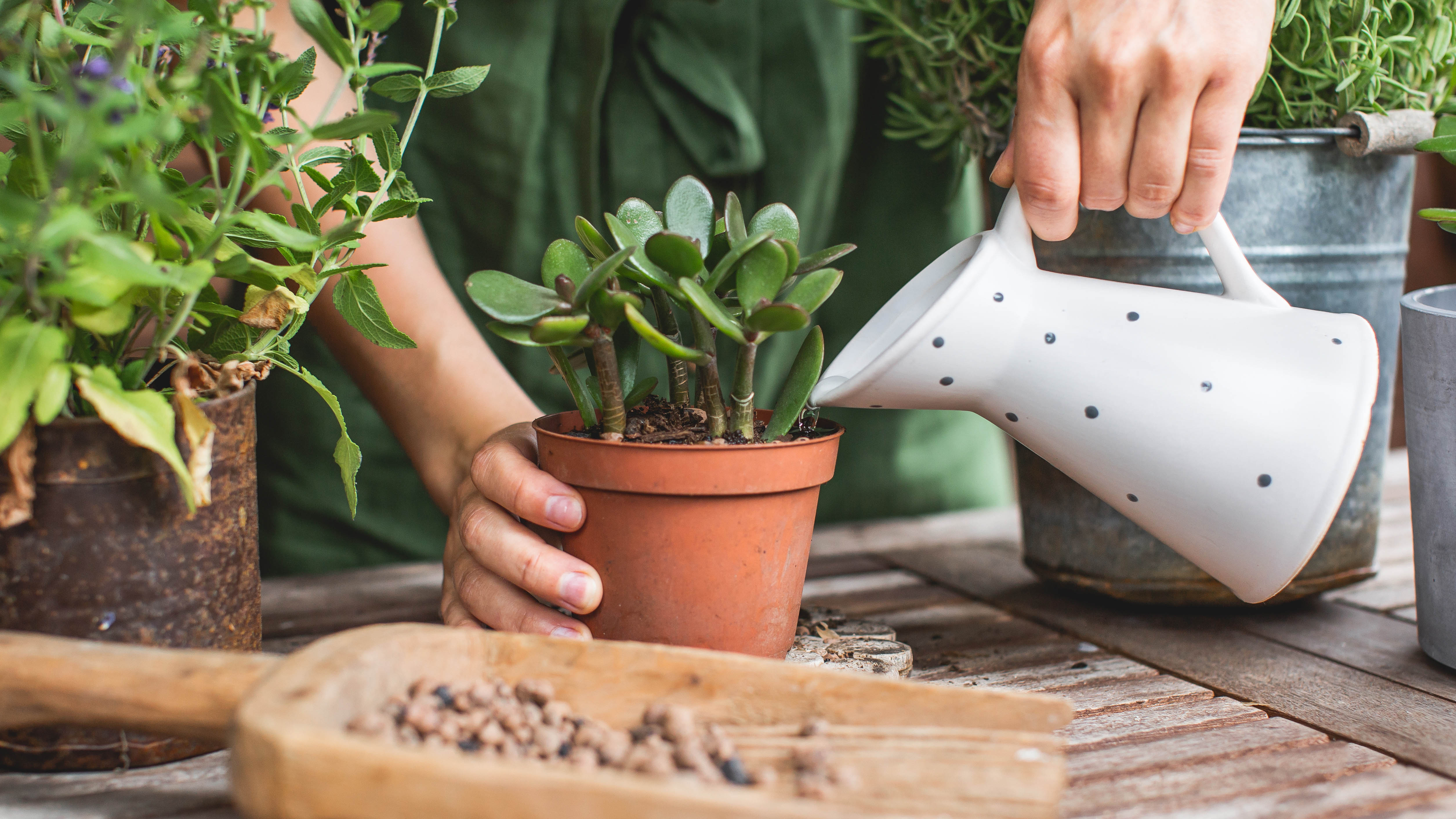
While your succulent may be small, it still requires feeding. Your soil provides the basics, but a helping hand from some fertilizer can really get it thriving. Don’t just use any fertilizer though, buy a dedicated succulent fertilizer, such as Miracle-Gro Succulent Plant Food ($12.94, Amazon). This will provide a good balance of the nutrients required for best growth. You can alternatively use manure tea.
Follow the given instructions for dilution and dosage. We recommend feeding your succulent during the spring and summer months, once it’s out of dormancy. Once a month can make a big difference, or even just a couple of times a year.
6. Squeezing too many together
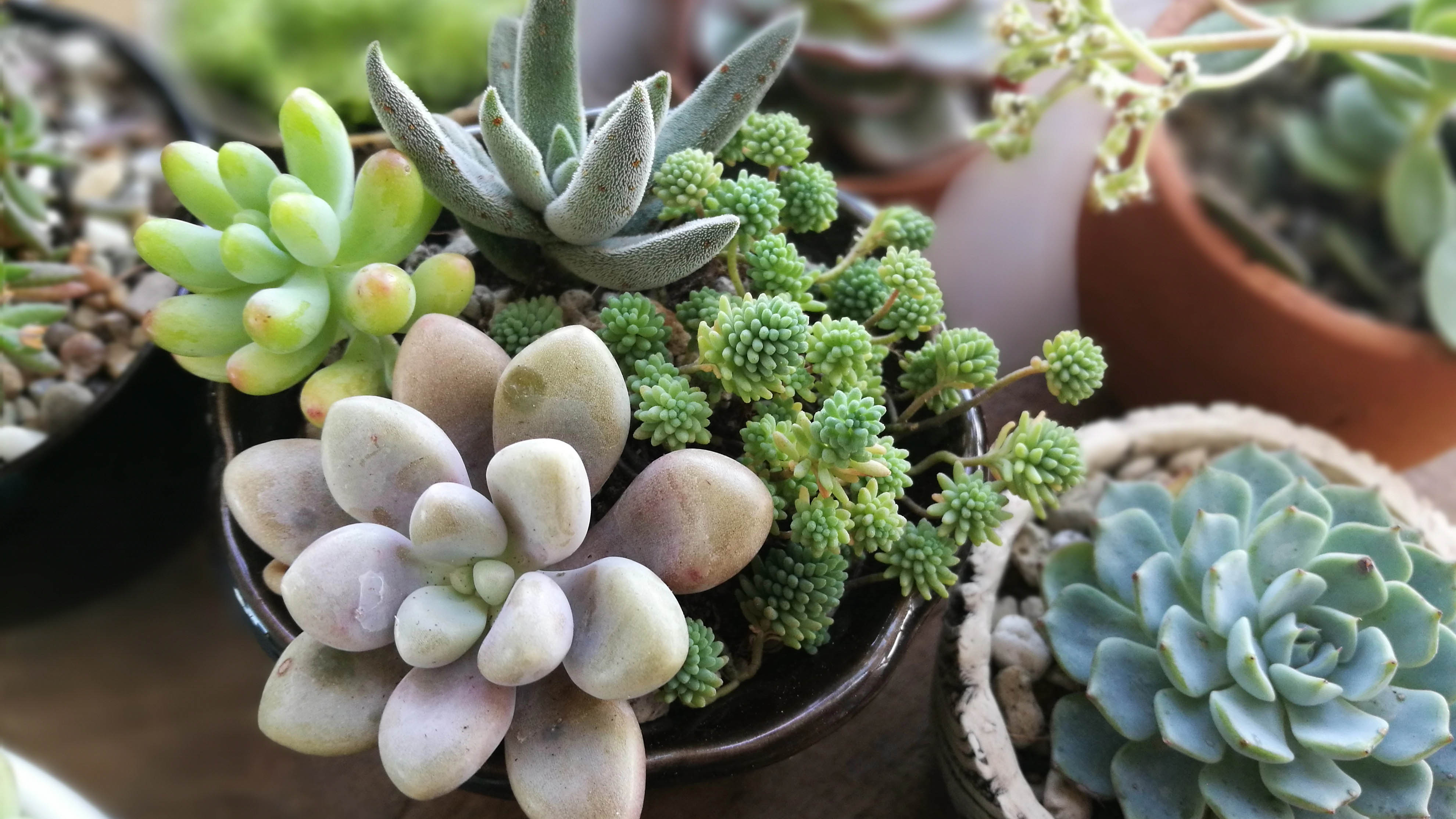
Succulents look very decorative, there’s no doubt about it. Because of this, several varieties are often squeezed together in one container, to give it the best wow factor. They can be sold like this, and sometimes we choose to grow them as such. However, such cramped conditions are no good thing for your succulents. This limits the space for them to grow into, and forces them to compete with one another for water and nutrients in the soil.
If your succulents are struggling under such conditions, separate them and give them each their own container and space. If you need guidance, check out how to repot succulents. With the right conditions, you succulents can grow, mature and perhaps even produce offshoots, so you have an everlasting supply of succulents.
7. Placing it near a heat source

Succulents generally prefer a dry climate, but that doesn’t mean it’s going to thrive next to a radiator or fireplace. Such hot conditions will dry out the plant quickly and leave it deteriorating. Likewise, don’t leave your succulent next to an open window or near an air conditioner. While hardy, fluctuating temperatures aren't great for succulents. Instead, aim for a consistent temperature of between 40-80°F.
Again, the temperature ‘sweet spot’ will vary depending on the variety of succulent. Depending on your region, you may want to research the preferences in advance and choose a succulent based on this to give it the best chance of thriving.
More from Tom's Guide

Katie Mortram used to be a Homes Editor for Tom's Guide, where she oversaw everything from kitchen appliances to gardening tools, as well as smart home tech. Specializing in providing expert advice for cleaning and home manintenance, she now works as Household Advice Editor for Good Housekeeping.
